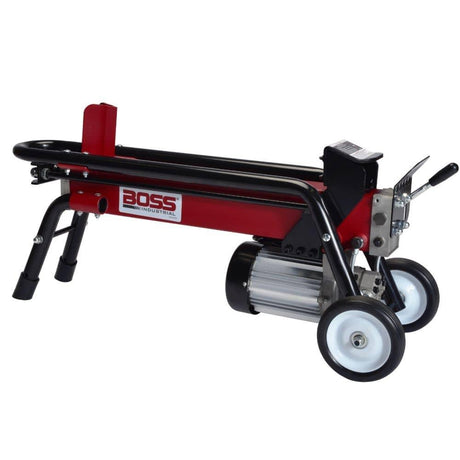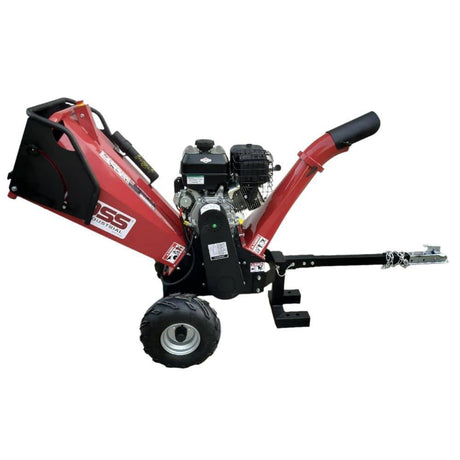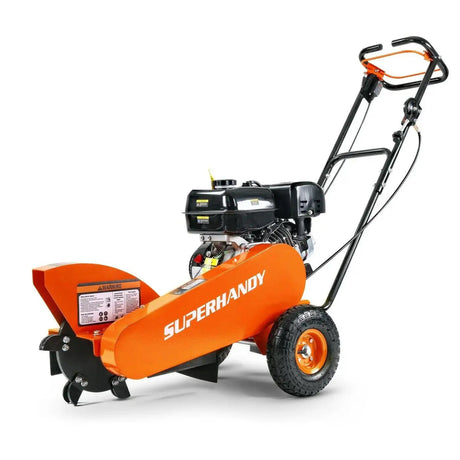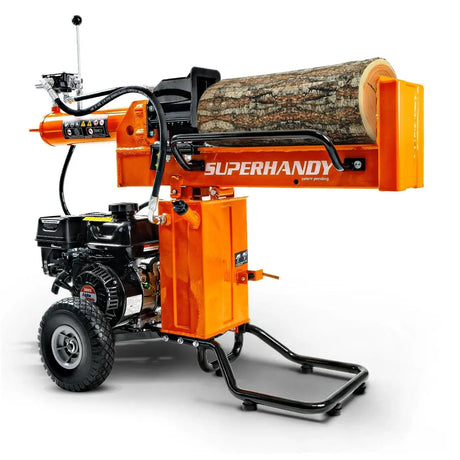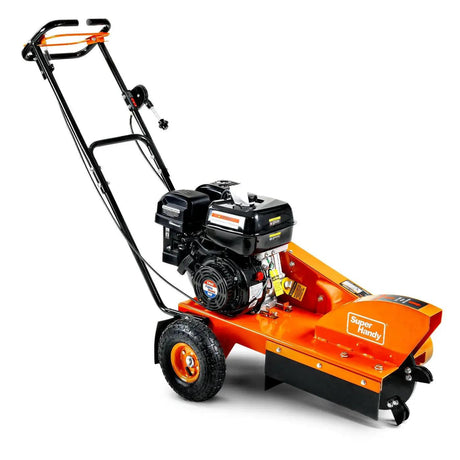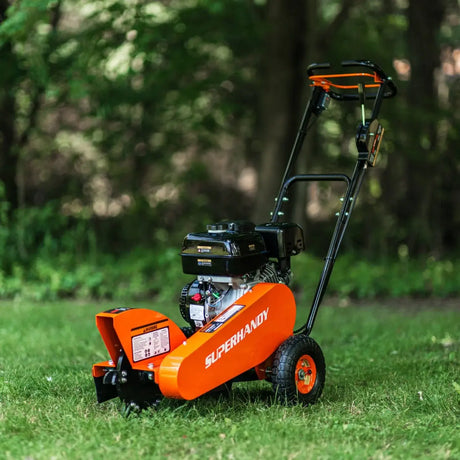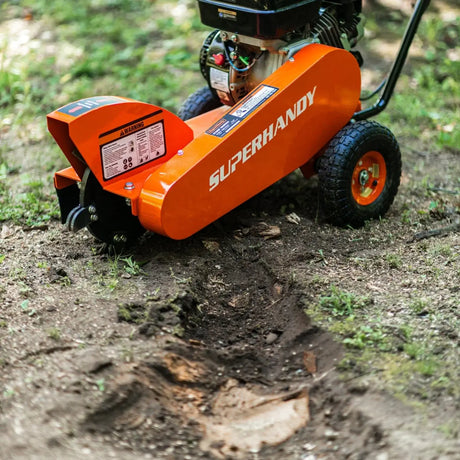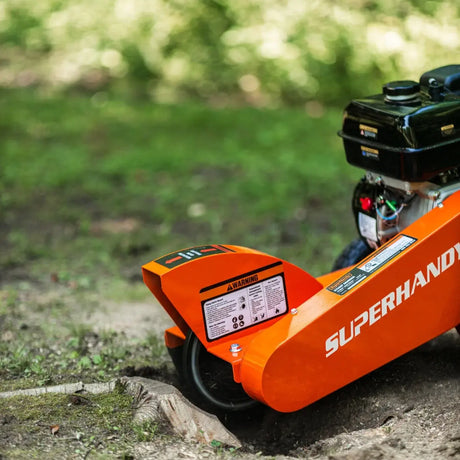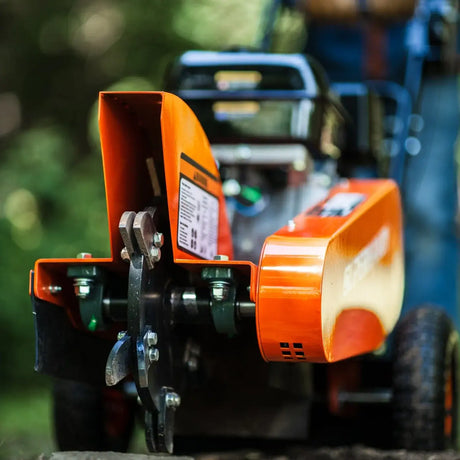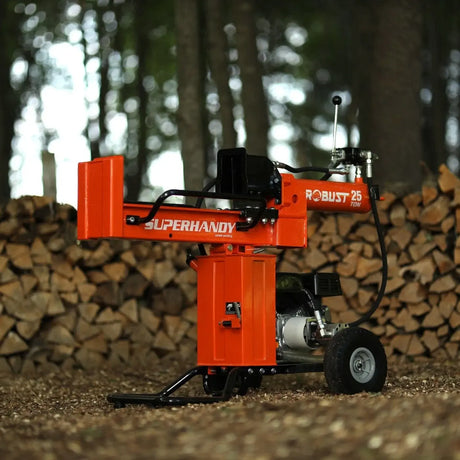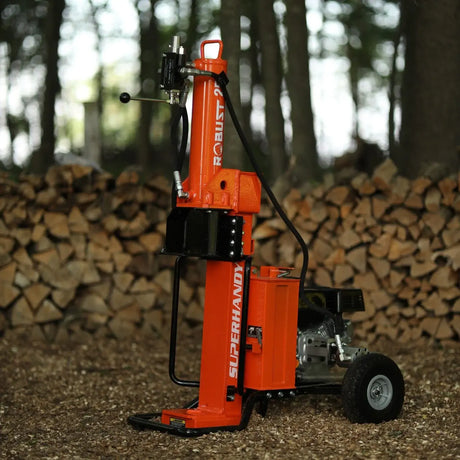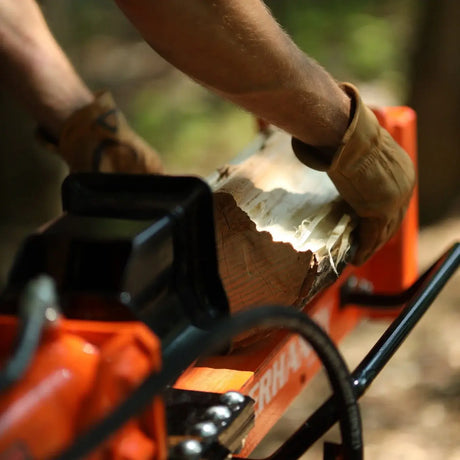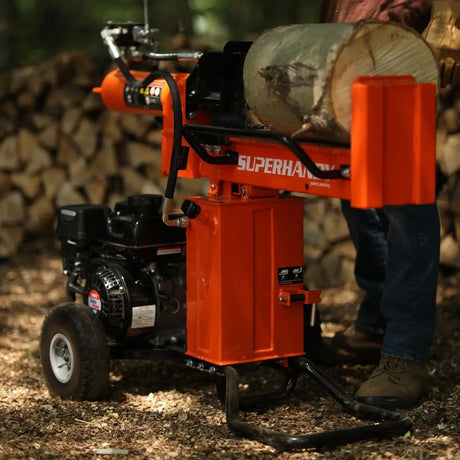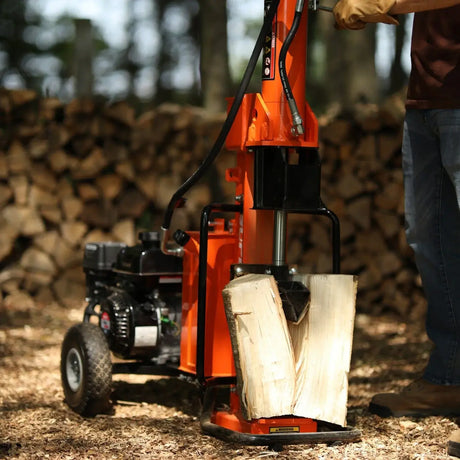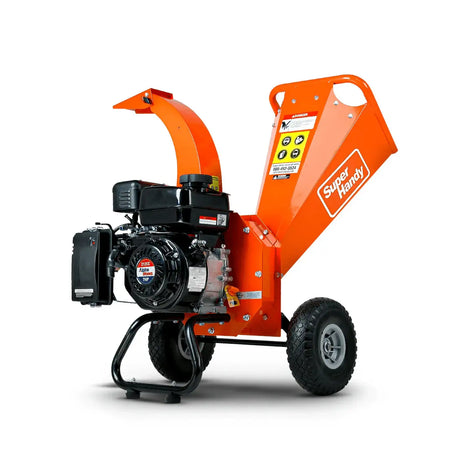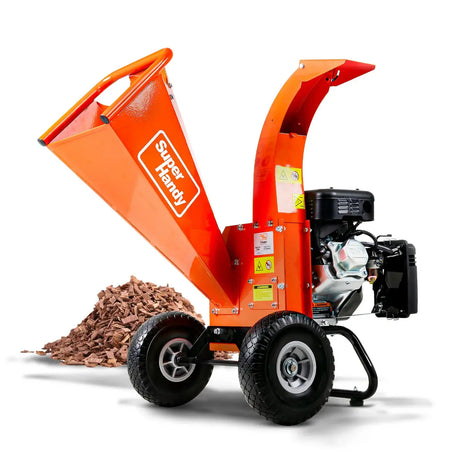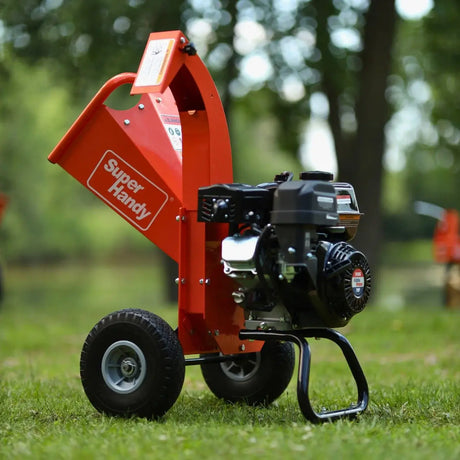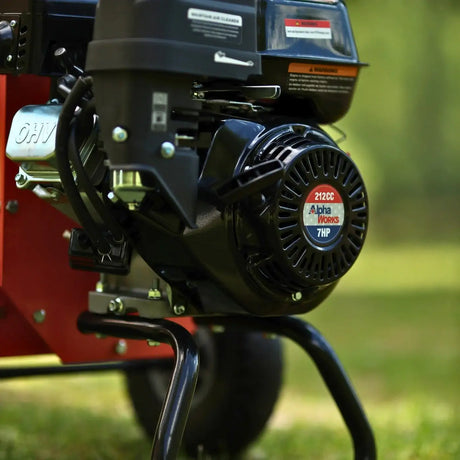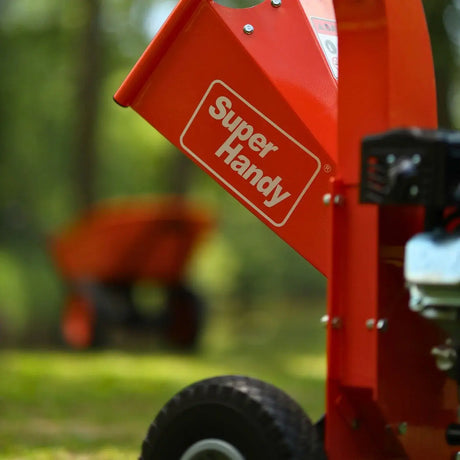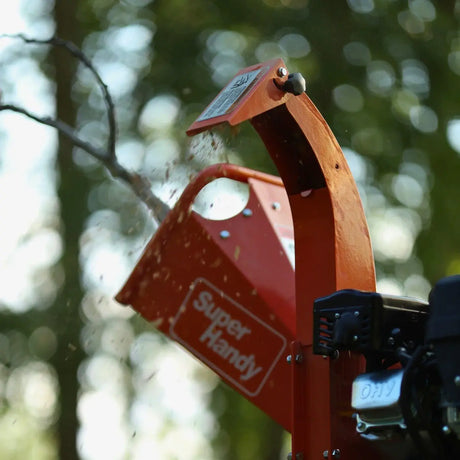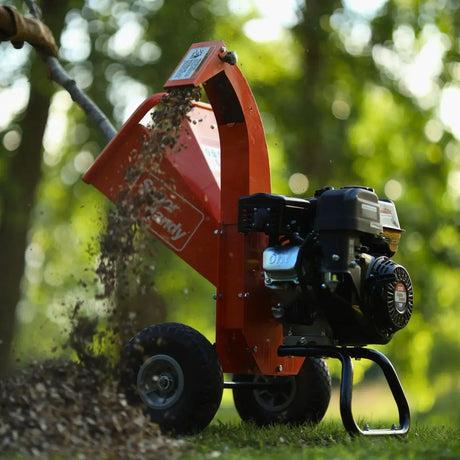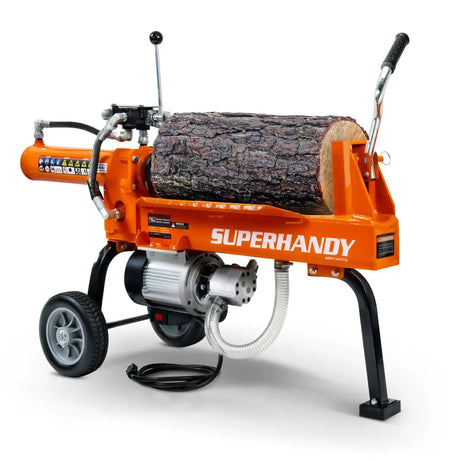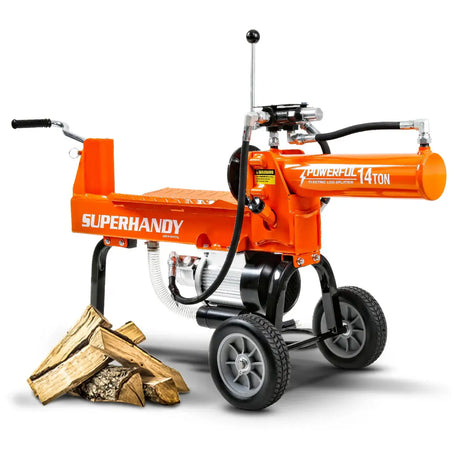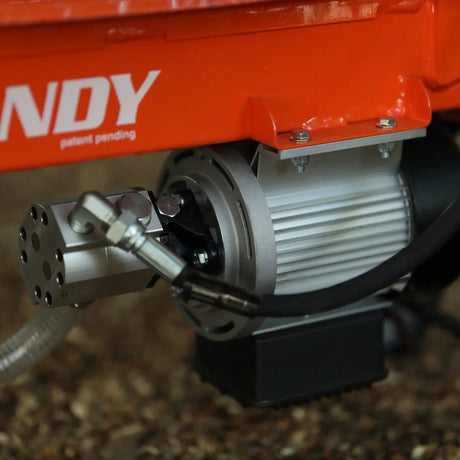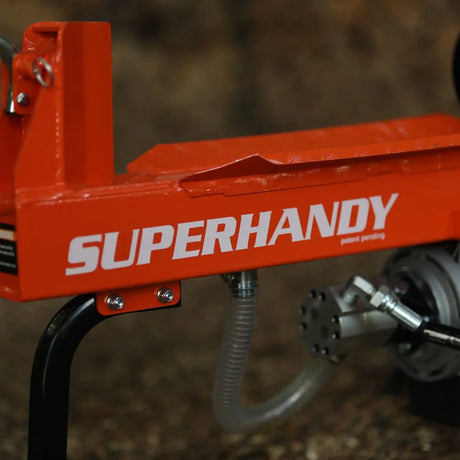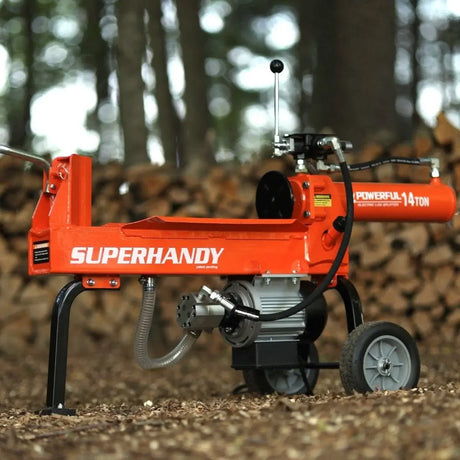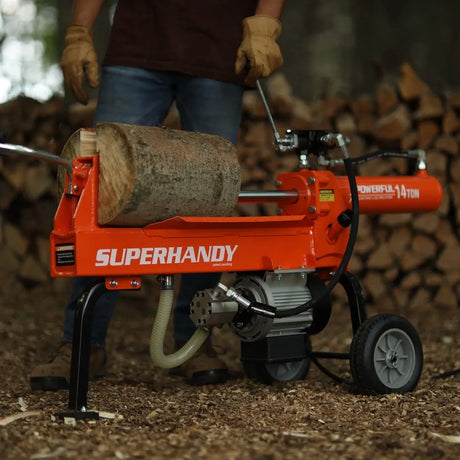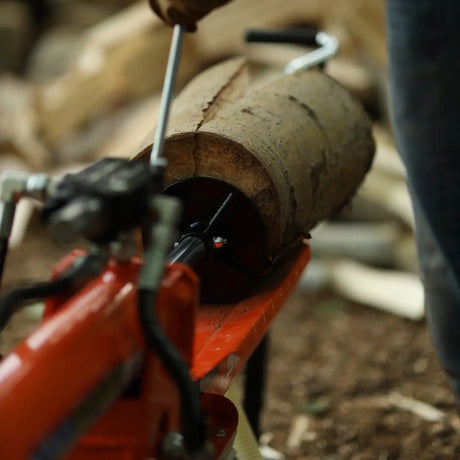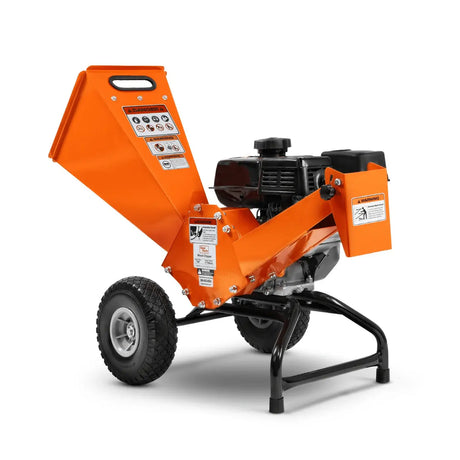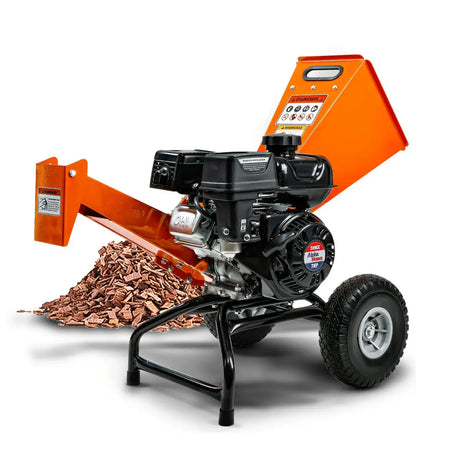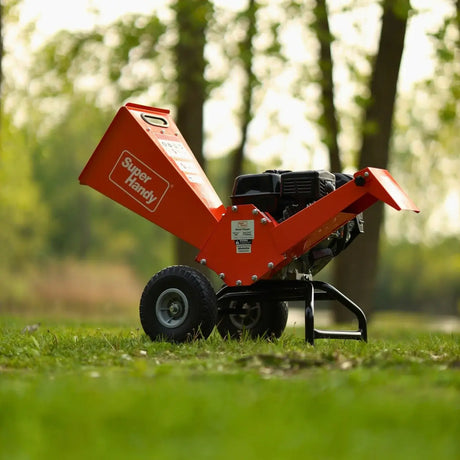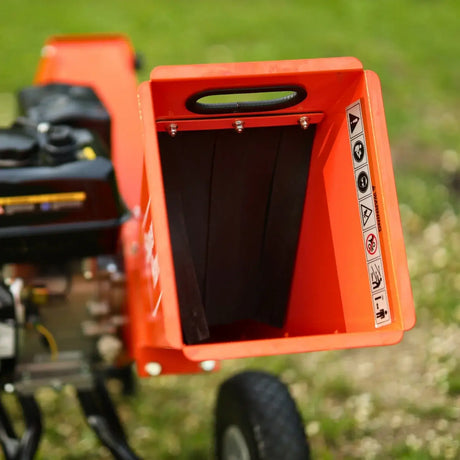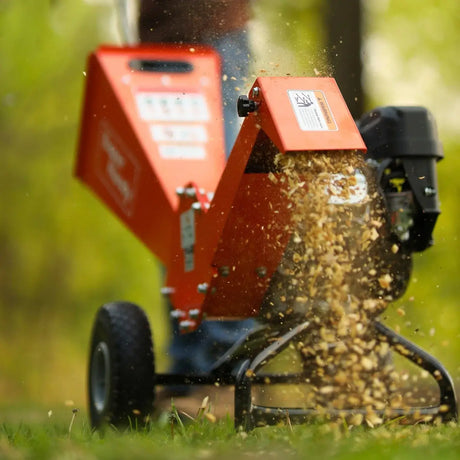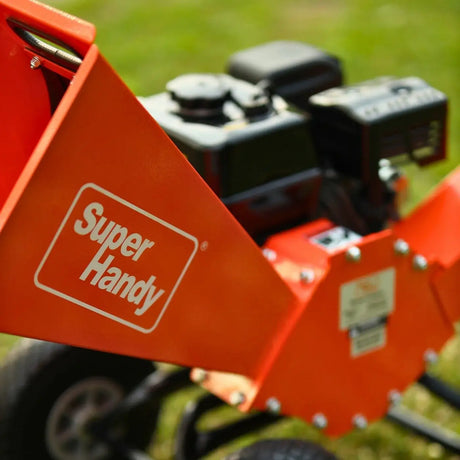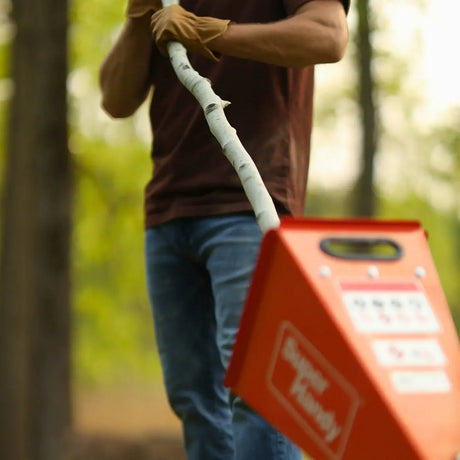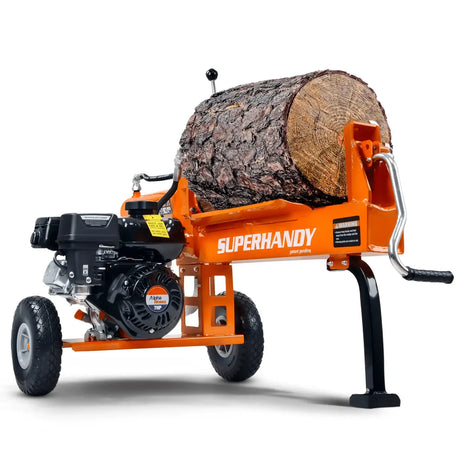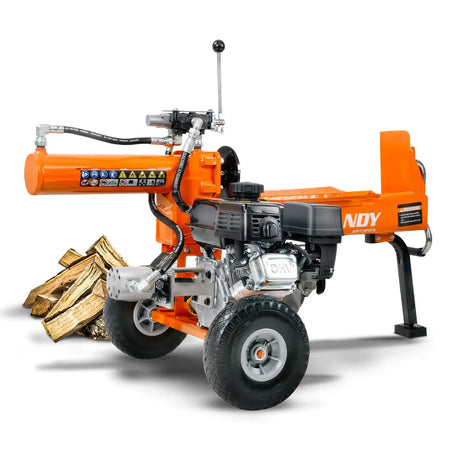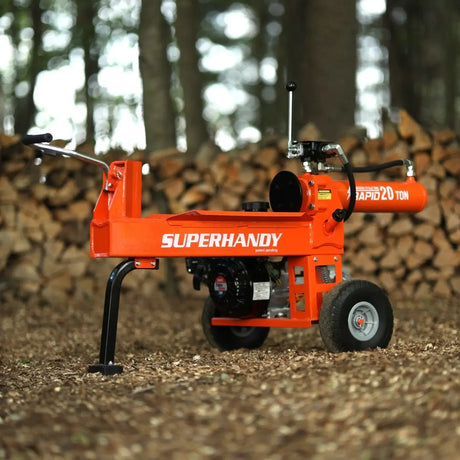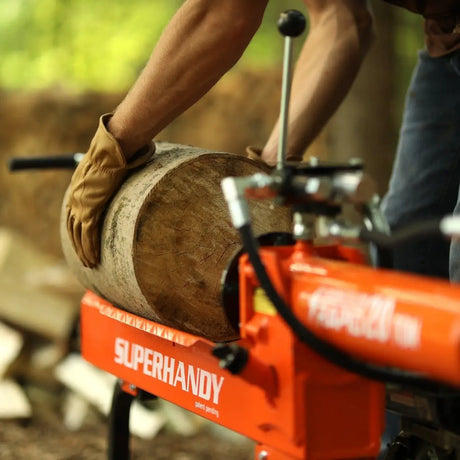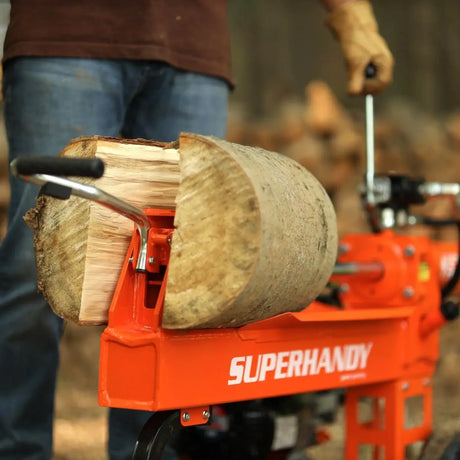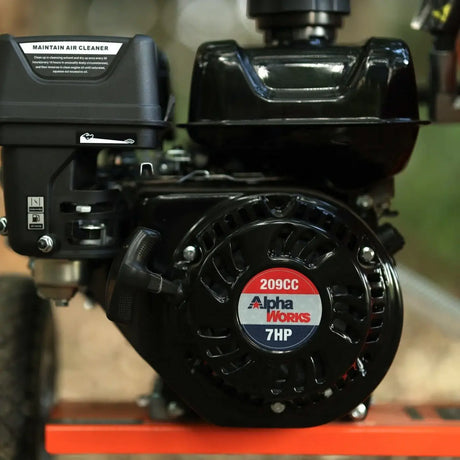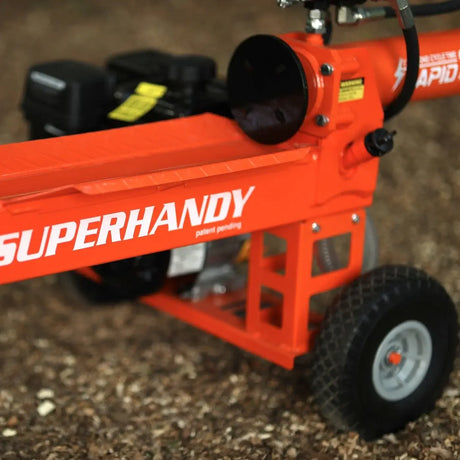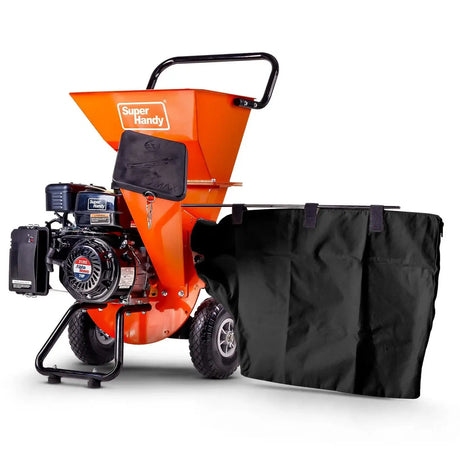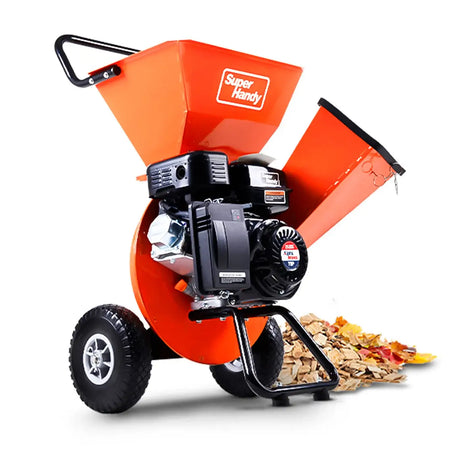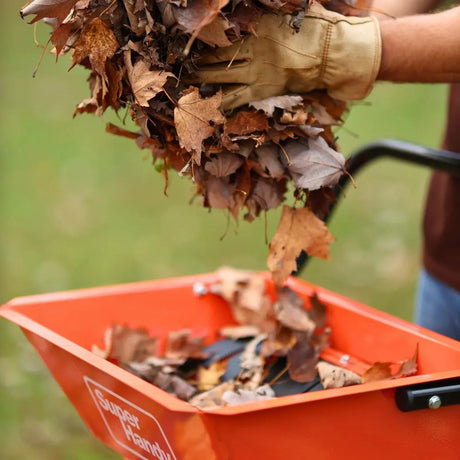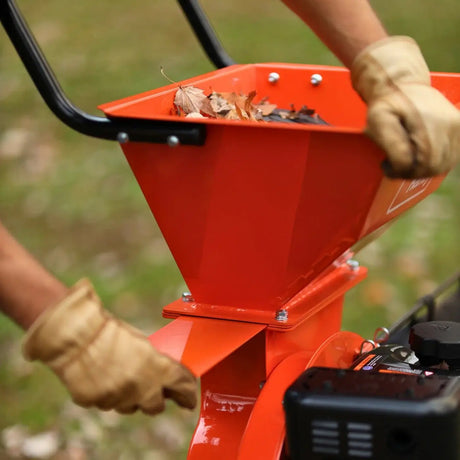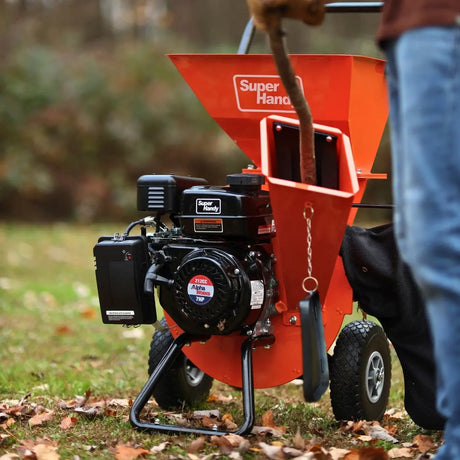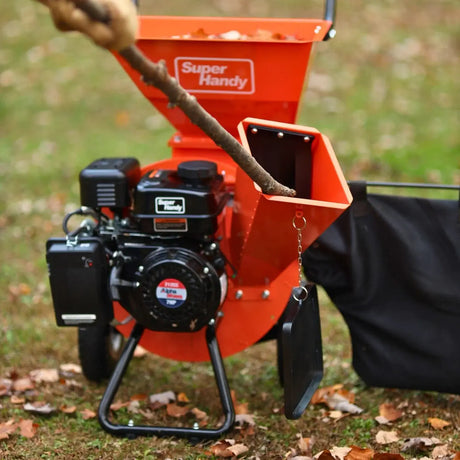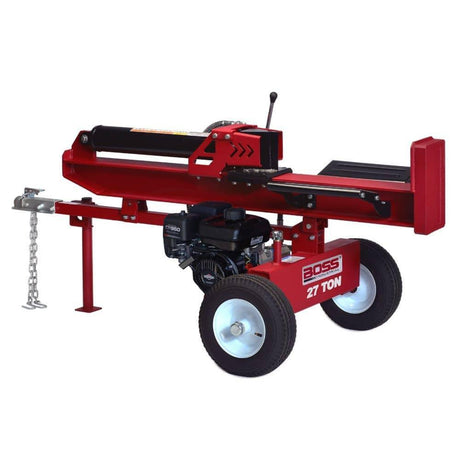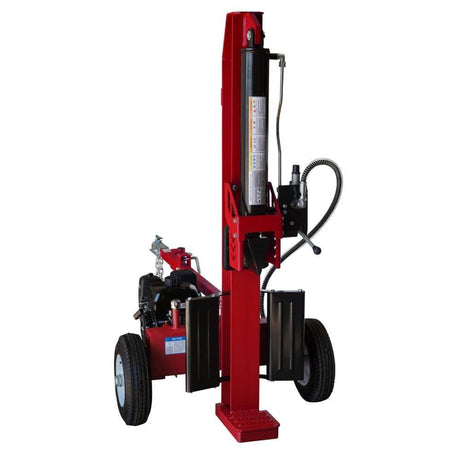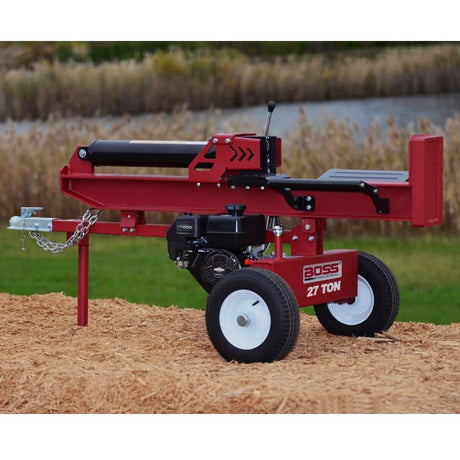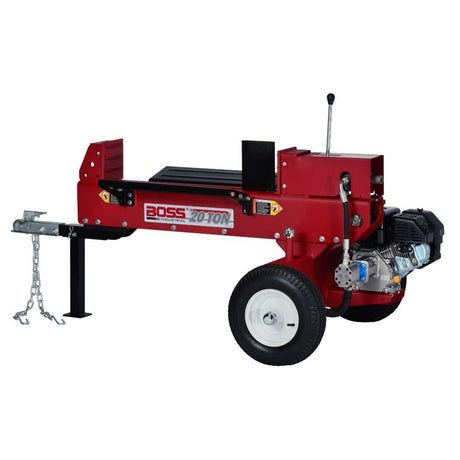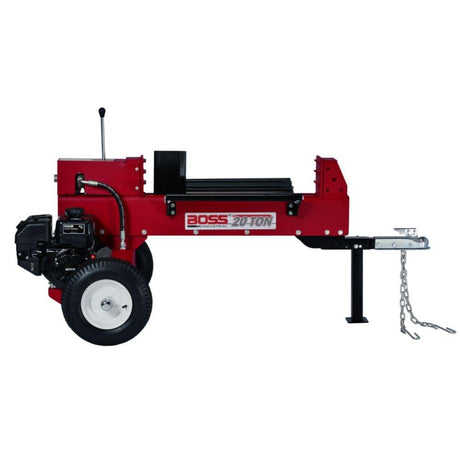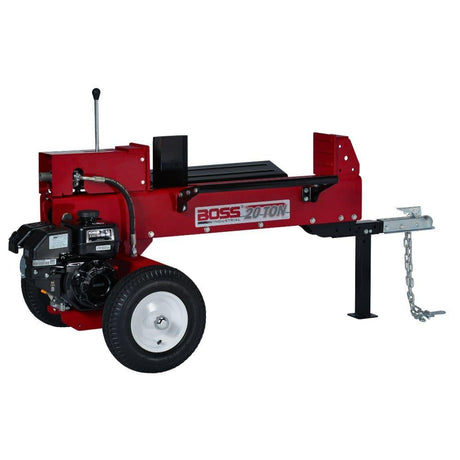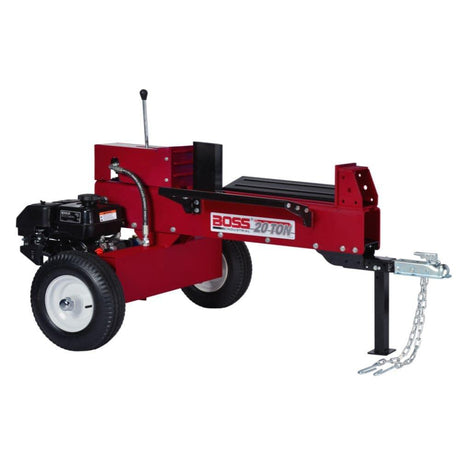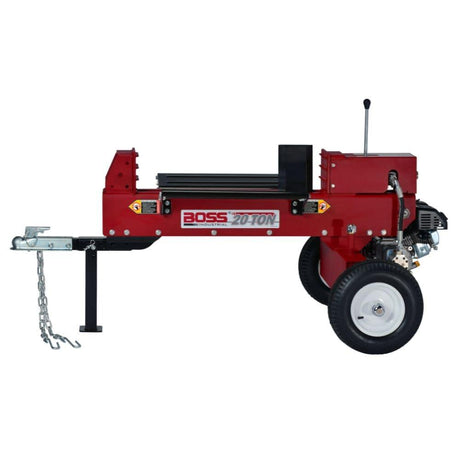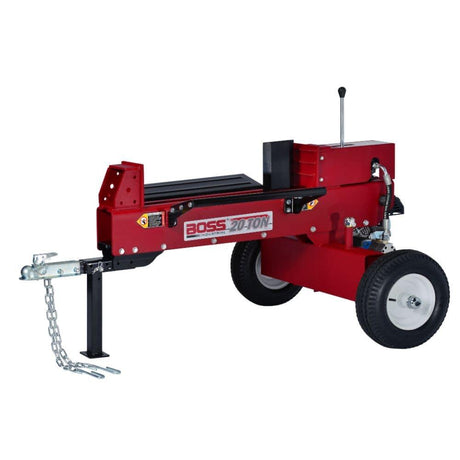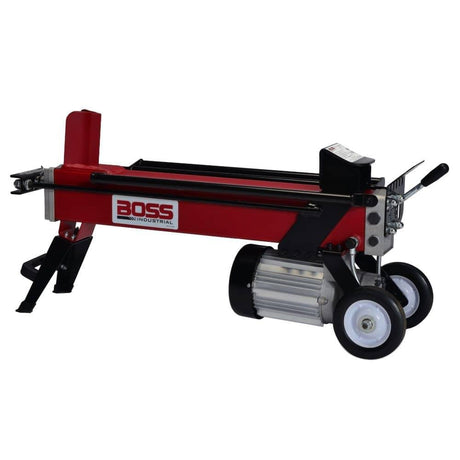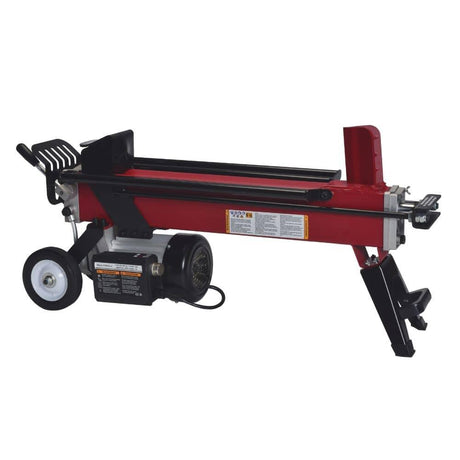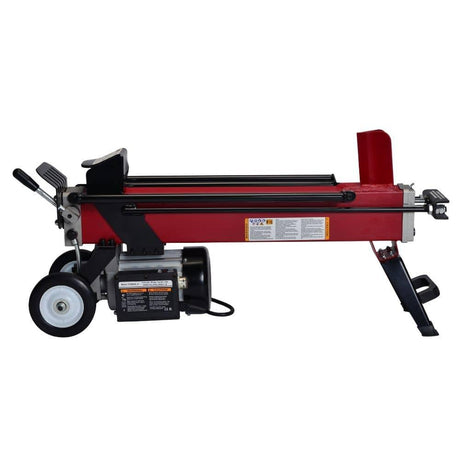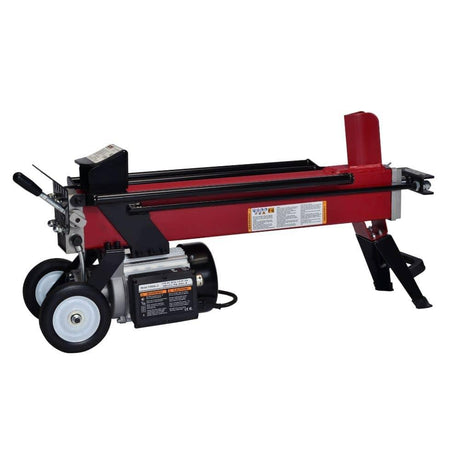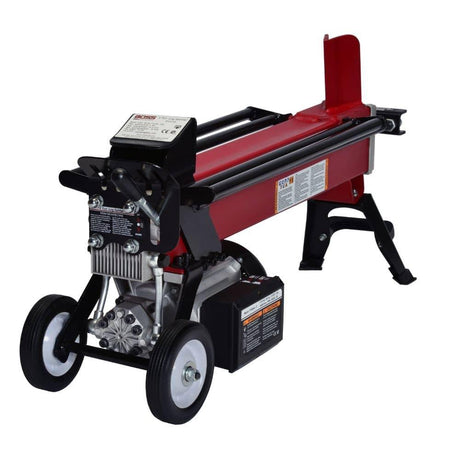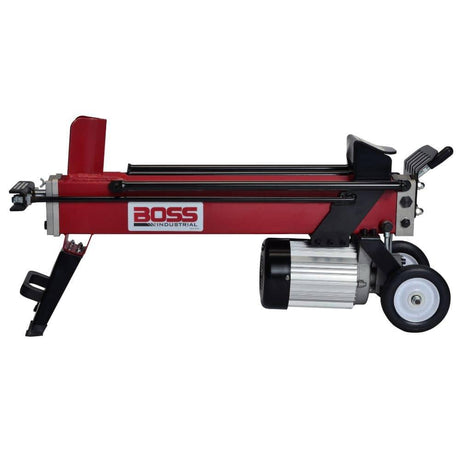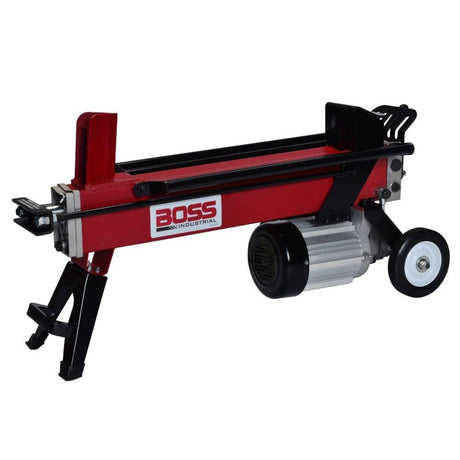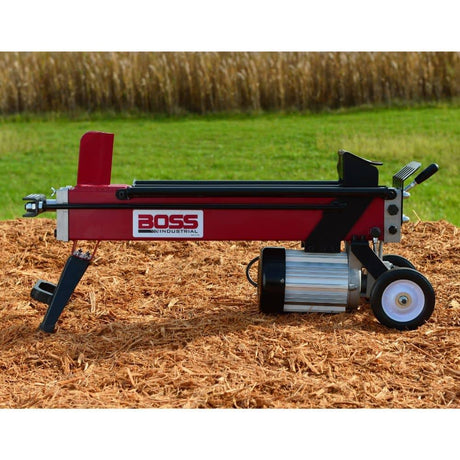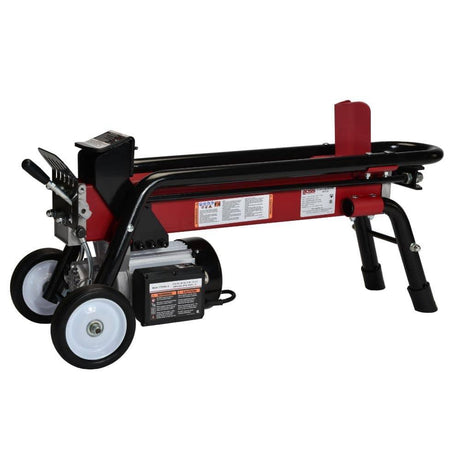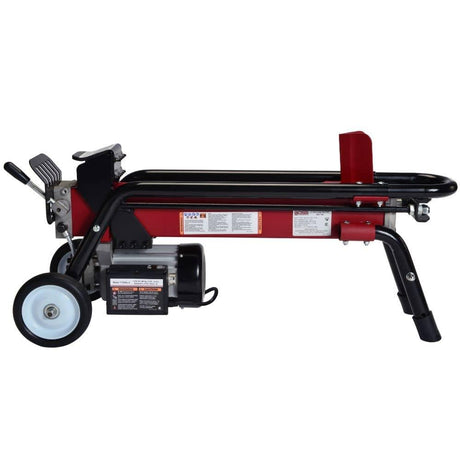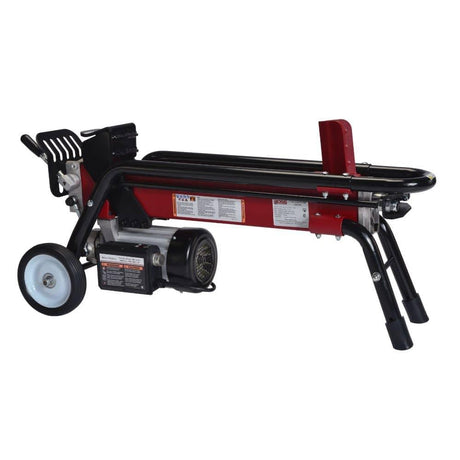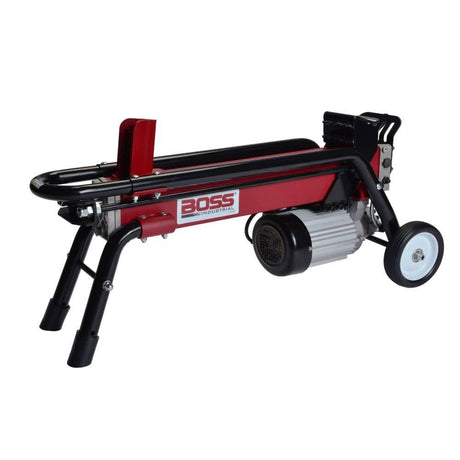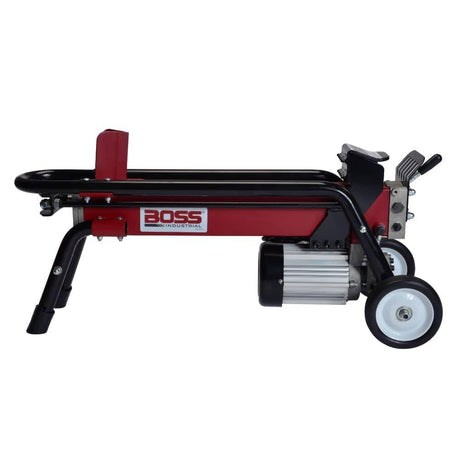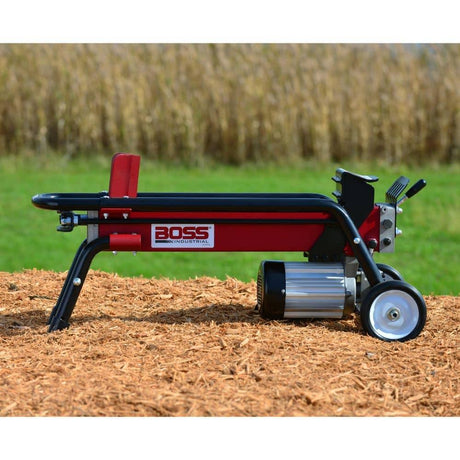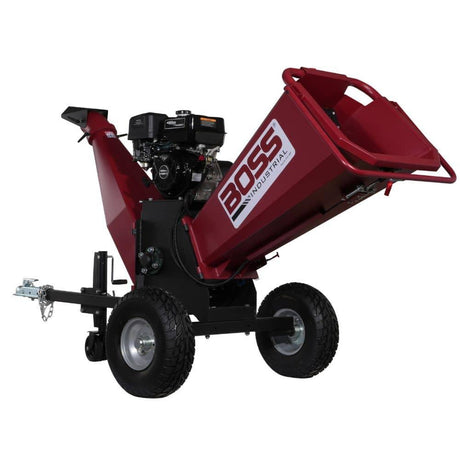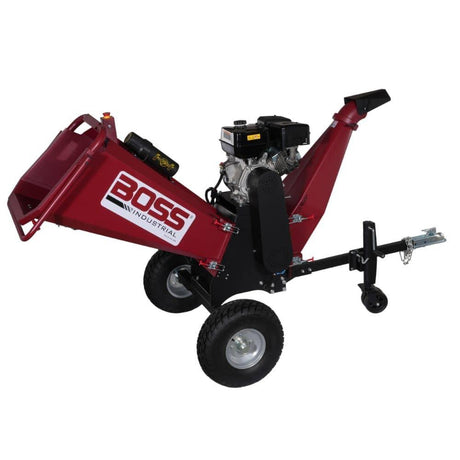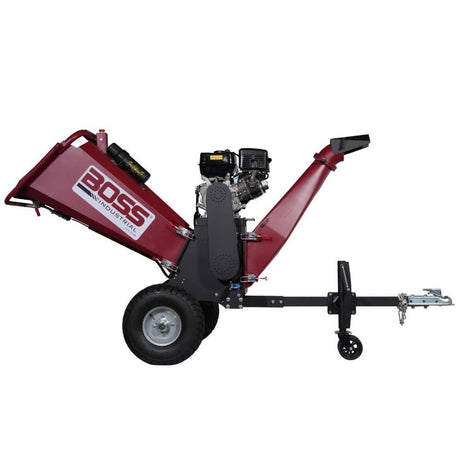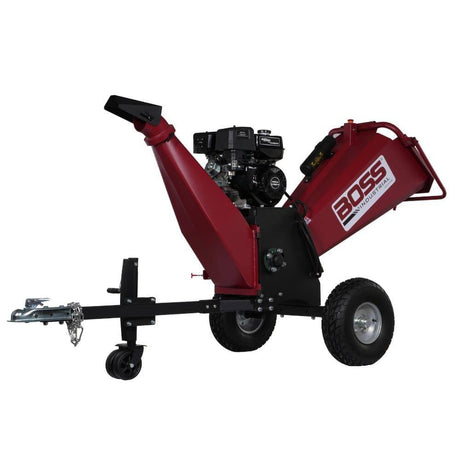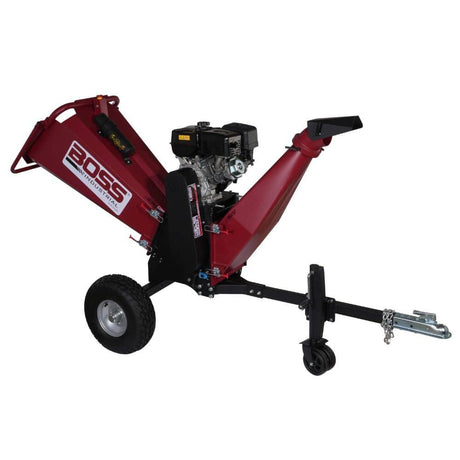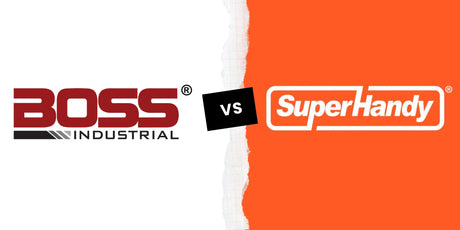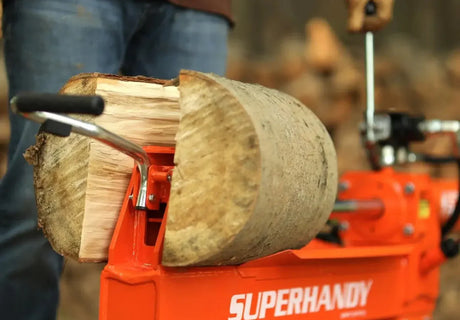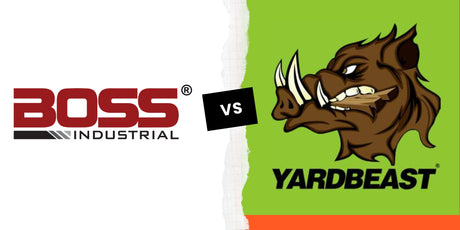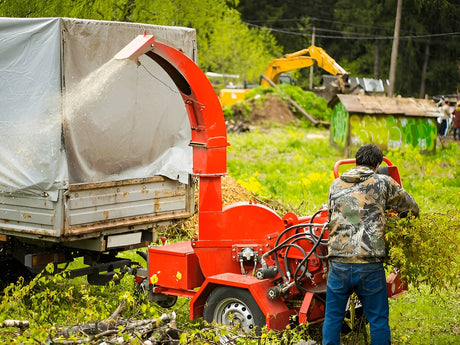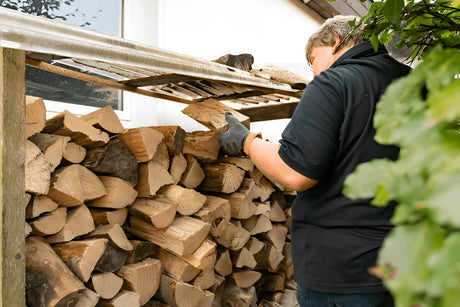Before you fire up that log splitter, it helps to know just how much fuel you'll burn per hour. Whether you're working through a weekend firewood stack or running a commercial operation, fuel costs add up fast. This quick guide breaks it all down by engine power, estimated fuel usage, and splitting force, so you can match the right machine to your workload-and your fuel budget.
For a detailed cost overview, check out our How Much Is a Log Splitter? Complete Price Breakdown by Type and Use to plan your budget effectively.
Key Takeaways
- Fuel use increases with horsepower-but so does splitting power.
- Most homeowners can get the job done with a 5-8 HP splitter.
- Commercial models (13+ HP) are fuel-hungry but built for volume.
- Don't just pick the biggest splitter. Balance power, fuel cost, and usage.
Log Splitter Fuel Consumption by Horsepower
The table below compares engine power ranges, estimated fuel consumption (in liters per hour), and the kind of splitting force you can expect. Use this as a guide to pick the right splitter for your needs-whether you're working in the backyard or running a full-time firewood operation.
| Engine Power (HP) | Estimated Fuel Consumption | Splitting Force (Tons) | Typical Usage / Notes |
|---|---|---|---|
| 5–6.5 HP | 1.0 – 1.5 L/h | 10 – 20 tons | Ideal for light to medium residential use 🔧 |
| 7–8.5 HP | 1.2 – 1.8 L/h | 20 – 28 tons | Balanced performance for mid-range jobs ⚙️ |
| 9–10 HP | 1.5 – 2.0 L/h | 25 – 30 tons | Suitable for larger logs and mixed hardwoods 🪵 |
| 11–13.5 HP | 1.8 – 2.5+ L/h | 30 – 40+ tons | Built for heavy-duty, commercial use 🏗️ |
| 14+ HP (Commercial/Pro) | 2.0 – 3.0+ L/h | 40 – 50+ tons | Maximum power for industrial-scale splitting 🔥 |
What This Table Shows
This table lines up key specs to help you compare machines:
- Engine Power (HP): The higher the HP, the stronger the engine-and the more fuel it burns.
- Fuel Consumption: Estimates in liters per hour, based on known model data and field averages.
- Splitting Force: Measured in tons. The more tons, the tougher the logs you can split.
- Usage Notes: Quick insights to help you match each range to your workload.
In short: this chart gives you a side-by-side look at how fuel needs scale with power-so you're not overspending on a splitter that's way too much for your needs.
If you need to match power to your wood type, see our Log Splitter Tonnage Chart: Best Power by Wood Type for guidance on choosing the right machine.
How to Use This Data in Real Life
Here's how this info helps when you're picking or using a log splitter:
1. Choose the Right Power for Your Needs
- Weekend warrior? A 6.5 HP, 20-ton splitter is more than enough.
- Splitting oak all season long? Look in the 9-10 HP range for stronger push.
- Running a firewood business? Go 13+ HP for all-day use without bogging down.
No need to overspend on fuel just to split a few birch rounds in the backyard.
2. Factor in Fuel Costs for Extended Use
If you're running your splitter 5+ hours a week, every liter matters.
Let's say you're running a 13 HP unit at 2.5 L/h:
- That's 12.5 liters per 5-hour session
- Multiply by weeks, and it adds up-fast.
If fuel cost is a concern, opt for a slightly smaller HP model or one with better efficiency.
3. Avoid Common Mistakes
- Don't assume bigger is always better. You might be paying for unused power.
- Avoid underpowered splitters. Running at max strain all the time burns more fuel and shortens engine life.
- Check engine brand & model. Some are more fuel-efficient than others, even at the same HP.
4. Pair with Proper Log Prep
- Pre-cut and split your wood to reduce load time.
- Keep the splitter well-maintained-clean air filters and sharp wedges improve fuel efficiency.
If you’re unsure which model fits your needs, refer to What Size Log Splitter Do I Need? A Practical Guide for Buyers to find the perfect fit.
Final Thoughts
A log splitter is a powerhouse tool-but its real cost goes beyond the sticker price. Fuel adds up, especially with larger engines. This table gives you a no-nonsense breakdown to help you match the right splitter to your workload without burning through your wallet.
Need help picking a model? Browse our collection of log splitters here →

![Log Splitter Fuel Consumption by Tonnage and Engine Size [Complete Table]](http://protreesupplies.com/cdn/shop/articles/Log_Splitter_Fuel_Consumption_Table_1.png?v=1753352149&width=1600)
